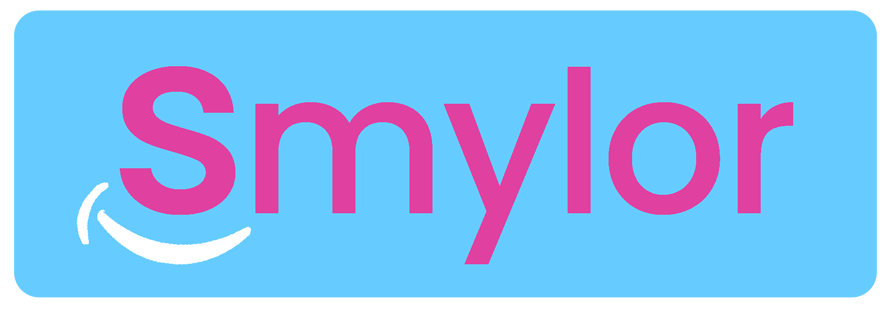Work-Life Integration, Not Balance
Dentistry is often described as one of the most demanding professions. It requires scientific precision, business savvy, emotional intelligence, and physical endurance, all while carrying the weight of patients’ trust. Dentists are expected to be clinicians, counselors, and entrepreneurs, sometimes all within a single hour of the workday. With such competing demands, it is no surprise that burnout, stress, and guilt run high within the profession.
For years, the advice offered to dentists has centered around achieving work-life balance. This phrase suggests that work and personal life exist as separate forces on a scale, and that if one adds weight to one side, the other must tip in response. It sounds neat, tidy, and even achievable in theory. But in practice? For most dentists, it feels impossible.
Here lies the problem: balance is rigid. Balance implies perfection. Balance is binary, work on one side, life on the other. But dentistry is rarely that clean. An anxious patient’s case follows you home in your head. The business side of the practice continues to demand attention long after you close the operatory door. And at the same time, family needs, health concerns, or even the desire for a quiet evening to yourself can’t simply be postponed until the scale tips back. The pursuit of balance often leaves dentists with a lingering sense of guilt: guilt for working too much, guilt for working too little, guilt for caring too much, or guilt for not caring enough.
An alternative is to shift the conversation from balance to integration. Work-life integration acknowledges that dentistry is not simply a job one clocks out of at 5:00 p.m., but a meaningful part of identity. It also acknowledges that “life” is not something separate from work, but something that flows alongside and often within it. Integration invites dentists to see themselves as whole people rather than divided ones, and to design careers that sustain rather than deplete.
Integration begins with boundaries, but not the brittle kind of boundaries that balance requires. Instead of drawing a rigid line between work and home, integration encourages intentional choices about how time and energy are spent. For example, a dentist may allow themselves to answer an urgent email after dinner, but only after they’ve shared that meal uninterrupted with family. Another may dedicate one day a week to longer, complex cases so that routine days feel calmer and less frantic. The point is not to eliminate overlap between professional and personal life, but to shape the overlap so that it feels purposeful rather than draining.
Technology also plays a role in integration. Tools like teledentistry platforms, AI scheduling assistants, and cloud-based practice management software can streamline tasks that once consumed evenings and weekends. But here again, integration requires intentionality. If technology becomes a reason to be available around the clock, then it undermines sustainability. If used thoughtfully, however, it allows dentists to carve out more space for rest and connection without neglecting professional obligations.
Another dimension of integration involves bringing one’s humanity into the dental practice itself. Patients respond not only to skill but also to authenticity. A dentist who occasionally shares that they attended their child’s soccer game or recently returned from a trip abroad reminds patients that their provider is a whole person, not just a technician. These moments of personal connection bridge the artificial divide between “work self” and “home self.” Integration, in this sense, means showing up fully in both spaces without apology.
Career design is also central to the conversation. Too often, dentists measure success by metrics such as patient volume, revenue, or the number of operatories added to a practice. While these benchmarks have their place, integration asks a different question: how do these professional goals serve one’s life outside the office? If expanding the practice generates financial security that allows more travel or family time, then it aligns with integration. If expansion only creates more stress and less freedom, then it may be worth reconsidering. Integration is not anti-growth; it is pro-alignment.
Perhaps the most challenging barrier to work-life integration in dentistry is cultural. The profession has long celebrated a “hustle” mentality, where long hours and relentless productivity are signs of dedication. Yet this culture is not sustainable. Dentists who chase balance often feel guilty for never achieving it. Dentists who chase hustle often burn out. Integration offers a middle path: one where professional fulfillment and personal wellbeing are not competitors, but collaborators.
Ultimately, the shift from balance to integration is not just a matter of semantics. It is a mindset shift that frees dentists from the endless guilt of not doing enough in either sphere. It accepts that work and life cannot always be neatly divided, and that the goal is not perfection but sustainability. It invites dentists to design careers where professional passion supports personal purpose, and where personal joy sustains professional energy.
The profession of dentistry will always be demanding. There will always be emergencies, difficult cases, business pressures, and moments of exhaustion. But there will also be the thrill of giving someone a reason to smile again, the satisfaction of solving a complex problem, and the privilege of being trusted with another person’s health. When integrated thoughtfully, these experiences enrich rather than consume.
So perhaps the real question is not how to balance dentistry and life, but how to live them as one. After all, balance implies a tightrope act. Integration, by contrast, feels more like walking on solid ground. And maybe, just maybe, it lets dentists drop the guilt and carry forward with a career and a life that truly work together.
Dental Clinics Near You
Book a Dental Treatment
Our Smylor dental marketplace allows you to review and request bookings from 100s of dentists near you. Currently available in Switzerland (Zürich & Zug) and Germany (Köln, Düsseldorf and Bonn).
Click on your region.


